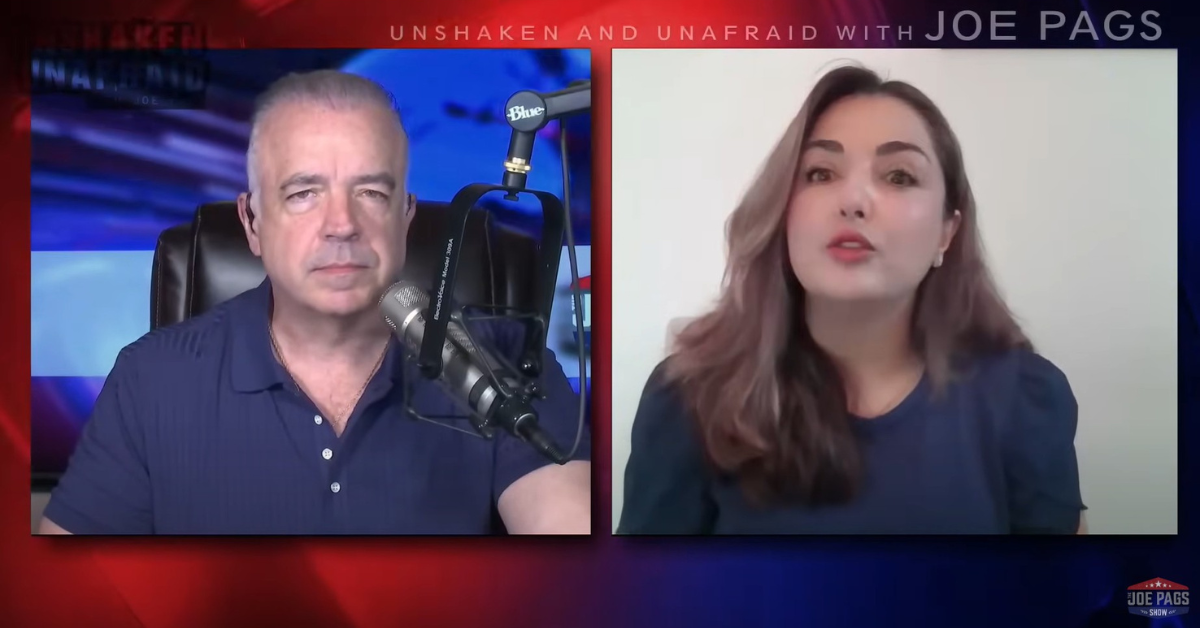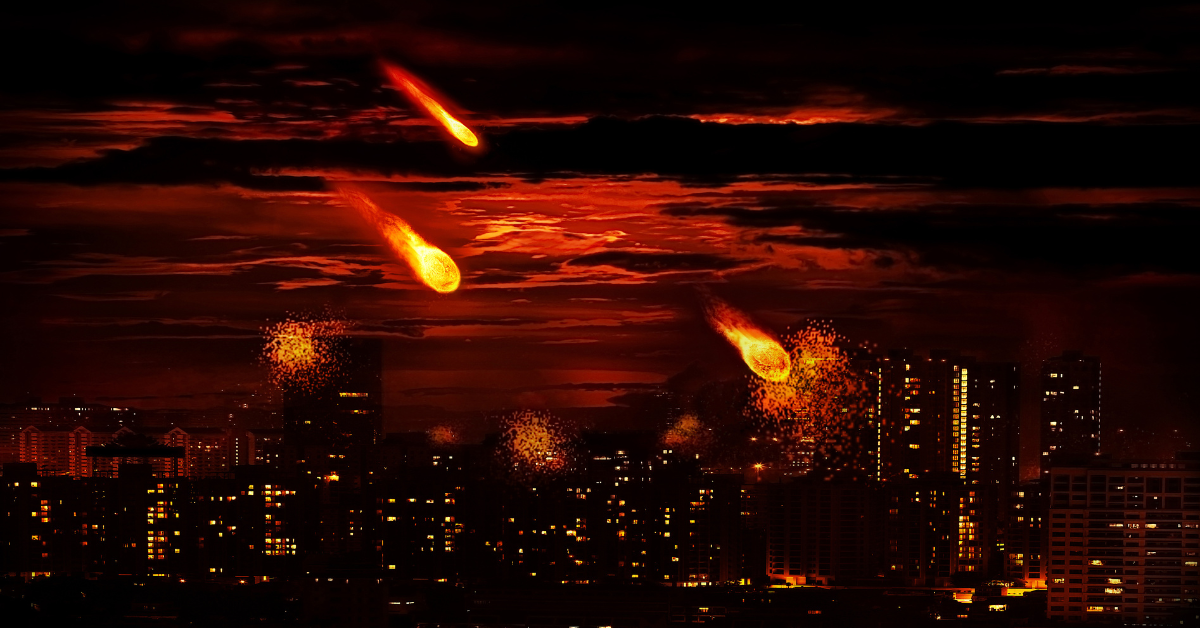A study published in June suggests co-orbital asteroids around Venus may have the capacity to decimate Earth at some point in the future, just like they may have 12,000 years ago.
Researchers believe the sun’s glare is obscuring objects flying around Venus with a lower eccentricity than 0.38, meaning they have elongated trajectories, according to a study uploaded to arXiv in late May. In layman’s terms: there are a bunch of asteroids possibly flying around in space near Venus that we can’t see because the sun is too bright, and they might one day smash into Earth like they do roughly every 12,000 years or so.
It is “hard to predict” how many co-orbital asteroids are really out there, study author Valerio Carruba told Live Science. The study attempted to determine how these rocks would behave over a 36,000-year time frame, which is roughly three co-orbital cycles.
Media Overhypes The Concern
“None of the current co-orbital objects will impact Earth soon,” Carruba told the outlet, despite some claims by media that the asteroids could hit in coming months. “There has been some sensationalism about this research, and our work has been cited with some liberties,” he added. “But we hope that this attention could raise interest in a very exciting class of asteroids, which should be more carefully monitored.”
The issue is, both the media and Carruba are wrong. NASA and other space agencies are semi-notorious for not noticing asteroids heading toward Earth until the last minute. (RELATED: Unknown Object Is Firing Signals At Earth Every 44 Minutes, Baffling Scientists)
In 2024, asteroid “2024 GJ2 flew past Earth at a mere 7,641 mile-distance,” TMM’s EIC Kay Hill wrote for the Daily Caller at the time. A similar situation occurred in 2023 when asteroid 2023 BU was discovered by Gennadiy Borisov, an amateur astronomer based in Crimea, days before it whizzed over South America. Agencies like NASA and the European Space Agency didn’t even notice the asteroid until Borisov brought it up.
Don’t ever feel confident in space agencies and their ability to detect potentially planet-destroying asteroids in a timely fashion.
Younger Dryas Impact Hypothesis
Roughly 12,900(ish) years ago, the face of our planet changed dramatically. Our climate changed so suddenly, violently, that entire species of megafauna were eradicated. Human civilization went from what many feels was likely a far higher level of technological development, all the way back to a borderline Stone Age culture.
People like failed presidential candidate Al Gore want you to think that this sudden shift was natural and caused by climate change. But as more proxy data emerges, the likelihood that an asteroid swarm struck ice sheets across the Northern Hemisphere, leading to the collapse of ice sheets and plunging huge amounts of fresh, cold water into the northern Atlantic and shutting off the gulf stream. In turn, this caused a rapid cooling event, upending all climate systems and changing the ecology of our planet forever. (RELATED: US ‘Unprepared’ For Major Solar Storm, Exercise Reveals)
Most ancient cultures have some type of story related to this world-changing event. The best way to learn about them is to watch “Ancient Apocalypse” on Netflix, one of the most informative and incredible television series ever made.
But is an asteroid swarm the only potential cause of the Younger Dryas?
Pole Shift?
Researcher Jimmy Corsetti, who many know from his appearances on The Joe Rogan Experience, Danny Jones Podcast, and his YouTube channel Bright Insight, is one of the leading voices behind the pole shift theory, which we at TMM think is a fascinating field of exploration.
Check out some of Jimmy’s best content on pole shifts, and let us know what you think (email: editor@themodernmemo.com):
Limit Your Trust In Space Agencies & Follow The Renegades
Here at TMM, we are more than aware of the limitations placed on modern science. Countless experts are silenced by Big Science, Big Archaeology and more on a daily basis, despite the veracity of their data and the decades dedicated to their research.
If you’re still expecting academia to tell you the truth about our past, you’ve not been listening in our present.
TMM Analysis
Today, our request is simple: follow Jimmy Corsetti on social media, Rumble, and everywhere else you like to get your content.


